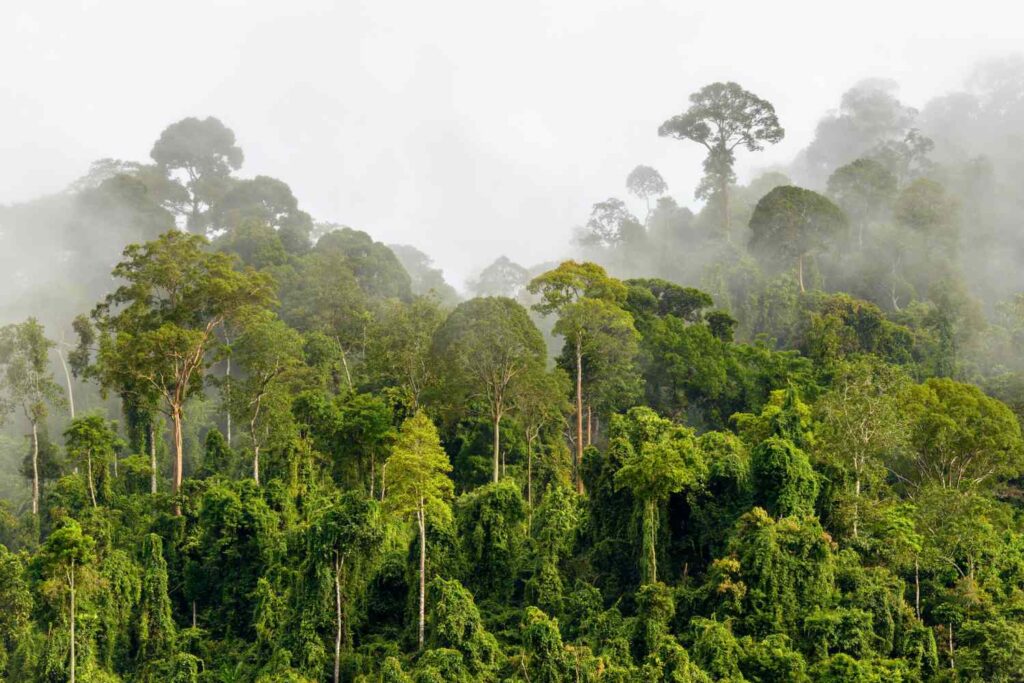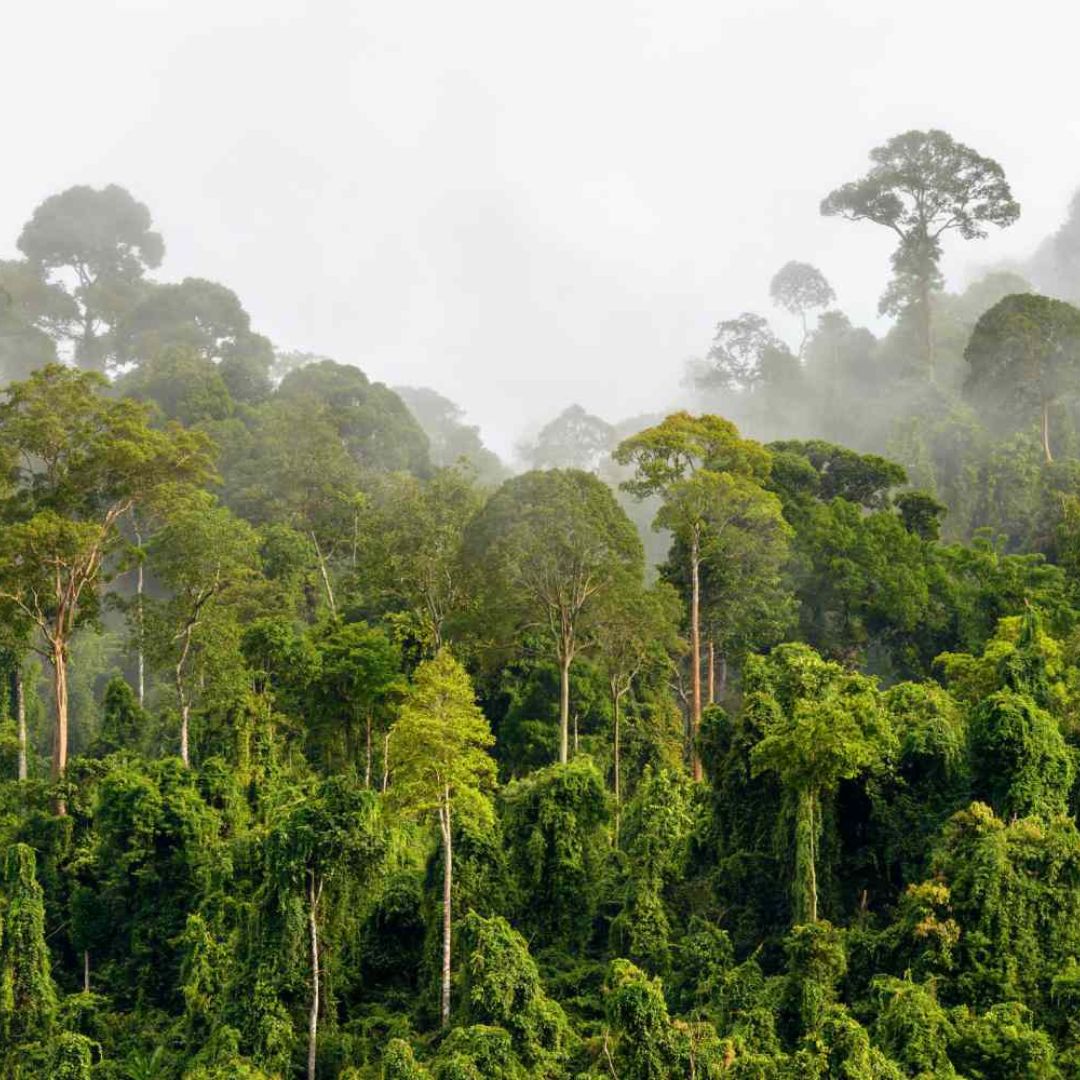Climate change could be gradually making the world’s tropical rainforests too hot for photosynthesis to occur. According to a recent study published in Nature, by a group of scientists from countries including the US, Australia, and Brazil, some leaves in tropical forests from South America to South East Asia are getting so hot they may no longer be able to photosynthesize. This can have big potential consequences for the world’s forests. The ability of leaves to photosynthesize begins to fail when their temperature reaches around 46.7º C. Leaves can get much hotter than the air temperature. Currently, only 0.01 % of all leaves surpass this critical temperature every year. But scientists warn that air temperature rises of 4º C could push trees in tropical forests beyond a tipping point and into mass death.

Also Read, UN: Children Have the Right to Clean Environment
What are tropical rainforests and why are they so important?
National Geographic states that “a rainforest is an area of tall, mostly evergreen trees and a high amount of rainfall. Rainforests are Earth’s oldest living ecosystems, with some surviving in their present form for at least 70 million years”.

They are home to ancient, towering trees and a huge variety of plants, birds, insects and fascinating mammals. Rainforests are found on every continent except Antarctica. The largest rainforests on Earth surround the Amazon River in South America and the Congo River in Africa.
Watch Full video on, The Largest Bear In The World

